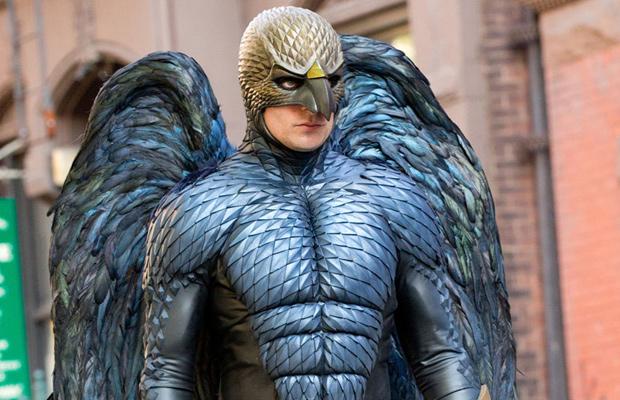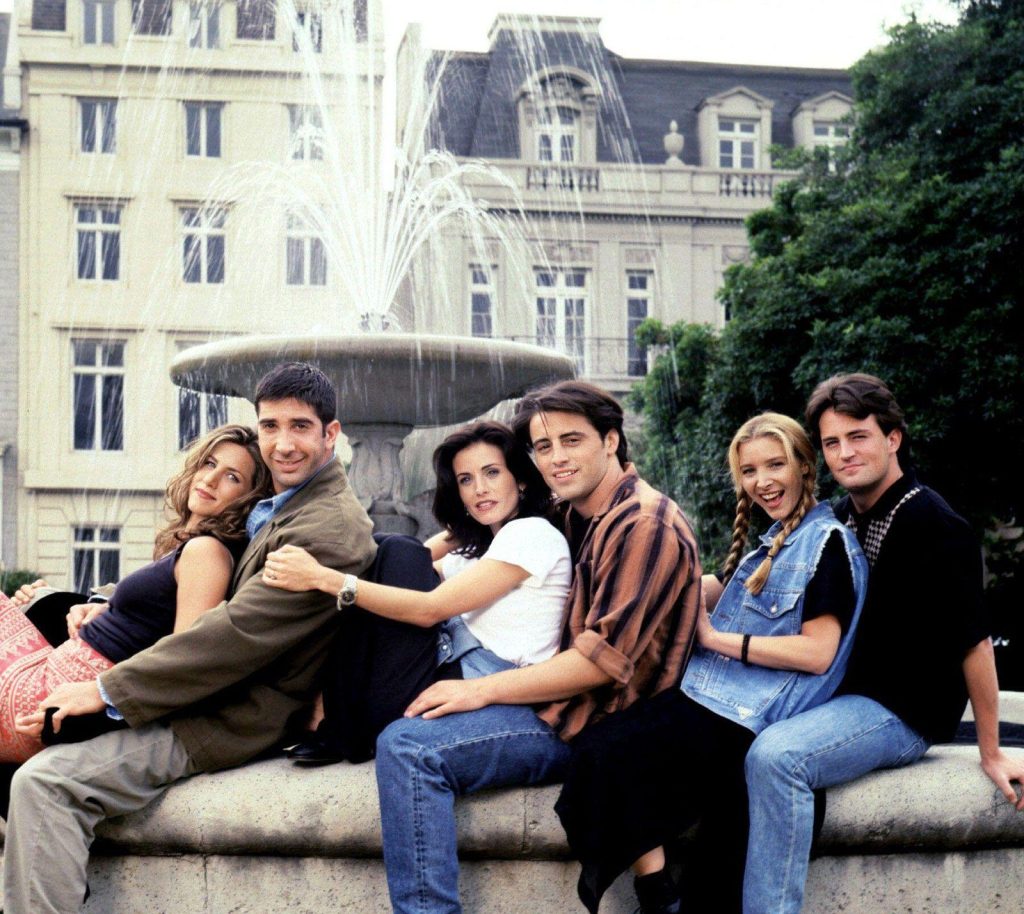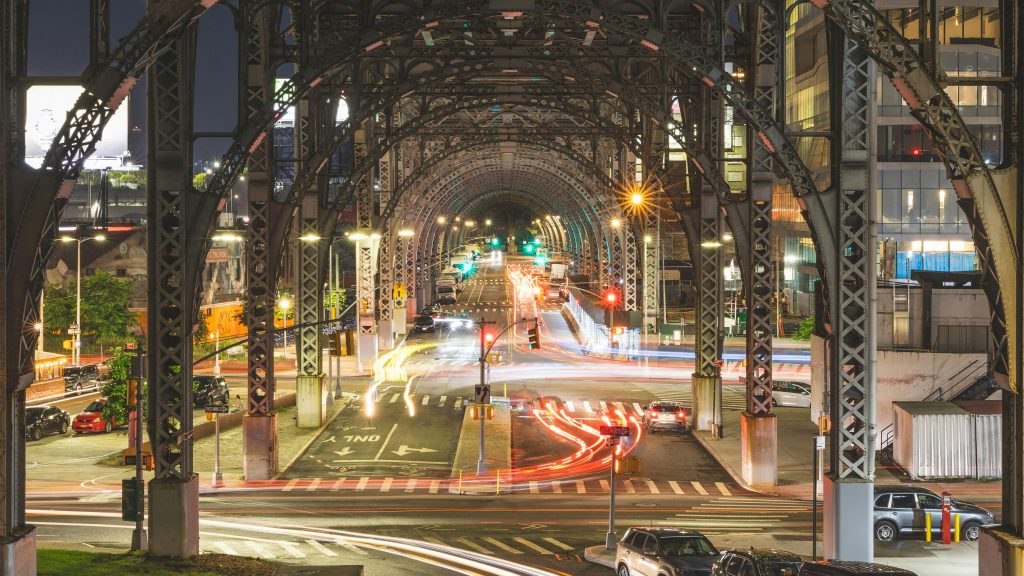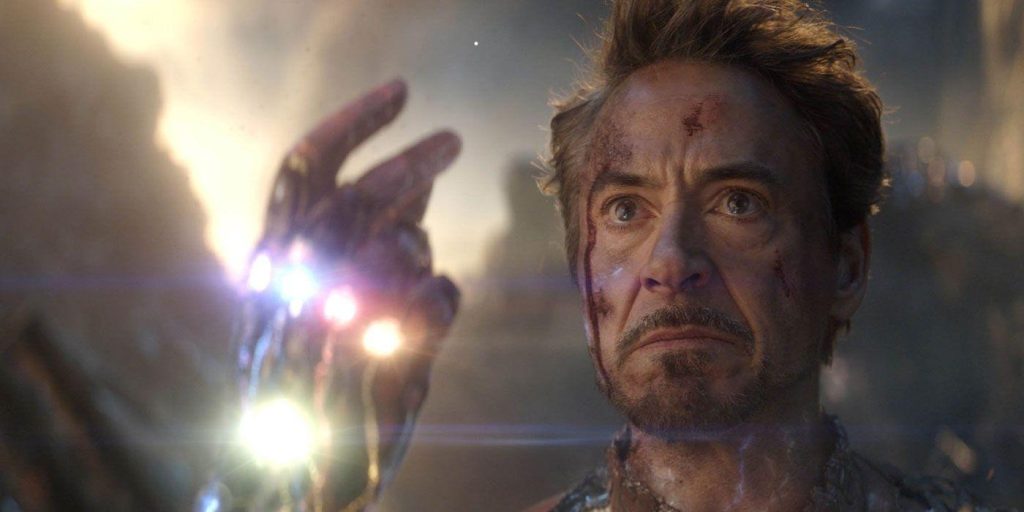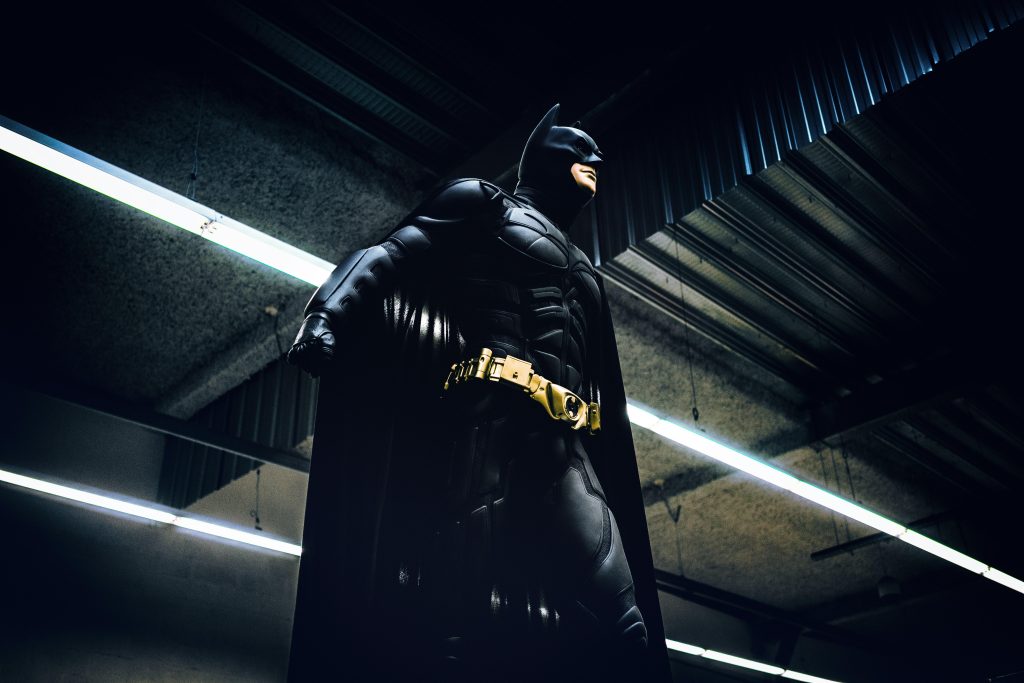In the vast realm of cinematic storytelling, few genres spark as much intrigue and debate as time travel movies. These films invite audiences on mind-bending journeys through the fabric of time, challenging perceptions of reality and causality. Yet, as the credits roll and the lights come up, viewers often find themselves entangled in a web of paradoxes and alternate timelines, questioning not only the plot but their own understanding of the narrative. Are these temporal tales a testament to creative genius, or do they alienate mainstream audiences with their intricate complexities? This article delves into the captivating yet confounding world of time travel cinema, exploring whether these films are a cerebral delight or a puzzle too perplexing for the average moviegoer.
Untangling the Temporal Web: Understanding the Complex Narratives of Time Travel Films
Time travel films have long fascinated audiences with their intricate plots and mind-bending concepts. These narratives often weave complex webs of cause and effect, challenging viewers to keep up with multiple timelines and paradoxes. Some of the most iconic films in this genre, such as “Back to the Future” and “Inception,” have left audiences both mesmerized and perplexed, prompting the question: are these films too complex for the average viewer?
For many, the allure of time travel films lies in their ability to explore profound philosophical questions and imaginative scenarios. However, the storytelling techniques employed can sometimes lead to confusion. Consider the following common elements that might contribute to this:
- Non-linear storytelling: Jumping back and forth between past, present, and future can disorient viewers.
- Paradoxes: Concepts like the grandfather paradox challenge our understanding of cause and effect.
- Multiple timelines: The existence of alternate realities or timelines can complicate the narrative structure.
While these elements can be captivating, they require a certain level of engagement and willingness to suspend disbelief, which might not appeal to all viewers. However, for those who relish the challenge, time travel films offer a unique opportunity to explore the limitless possibilities of time and space.

From Paradoxes to Plot Holes: The Challenges Facing Time Travel Storytellers
Crafting a compelling narrative involving time travel is akin to navigating a labyrinth of logic and imagination. Paradoxes such as the infamous “grandfather paradox” challenge storytellers to maintain coherence while bending the rules of time. Writers must carefully consider the implications of altering timelines, ensuring that every twist and turn remains consistent within the story’s own universe. Yet, the allure of creating alternate realities and the potential for character development through time-jumping adventures keep creators returning to this genre.
Plot holes are another common pitfall, as the complexity of timelines can lead to contradictions that leave audiences scratching their heads. To mitigate confusion, storytellers often employ creative devices, such as:
- Fixed timelines, where events are predetermined and unchangeable.
- Multiverse theories, allowing for multiple, parallel realities.
- Closed time loops, where events are self-contained and cyclical.
Despite these challenges, the fascination with time travel continues to captivate audiences, inviting them to ponder the possibilities and limitations of traversing time.

Crafting Clarity: How Filmmakers Can Simplify Time Travel for Broader Appeal
When it comes to making time travel movies more accessible, the key lies in crafting a narrative that balances complexity with clarity. Filmmakers can achieve this by focusing on a few core strategies:
- Streamlined Storytelling: Prioritize a linear narrative or clearly distinguish between different timelines. This can help viewers follow the plot without getting lost in a labyrinth of paradoxes.
- Visual Cues: Utilize distinct color palettes, costume changes, or specific visual motifs to signify different time periods or realities. This approach aids in reducing cognitive load on the audience.
- Character-Centric Plot: Anchor the story around compelling characters whose personal journeys resonate, regardless of the temporal twists. Engaging emotional arcs can transcend the complexity of the time travel elements.
- Expository Dialogue: While exposition can sometimes be cumbersome, judicious use of dialogue to explain essential time travel mechanics can prevent confusion. Avoid overloading viewers with jargon.
By integrating these techniques, filmmakers can maintain the intellectual intrigue of time travel while ensuring the story remains accessible to a broader audience, enhancing both enjoyment and understanding.

Balancing Complexity and Comprehension: Making Time Travel Accessible to All
Time travel movies often find themselves walking a tightrope between engaging complexity and the risk of alienating their audience. While the allure of paradoxes and alternate timelines is undeniable, the intricate storytelling can sometimes be overwhelming for the average viewer. To bridge this gap, filmmakers can focus on a few key strategies to enhance accessibility without sacrificing depth.
- Simplified Exposition: Use straightforward explanations and visual aids to convey the mechanics of time travel, avoiding overly technical jargon that might confuse viewers.
- Relatable Characters: Anchor the narrative around characters whose motivations and dilemmas resonate with the audience, making it easier for them to follow complex plots.
- Consistent Rules: Establish clear and consistent rules for time travel within the movie’s universe to prevent plot holes and maintain viewer trust.
By focusing on these elements, time travel movies can maintain their intellectual intrigue while becoming more digestible for mainstream audiences. This balance not only enriches the viewing experience but also broadens the genre’s appeal, inviting more people to explore the fascinating world of temporal adventures.


